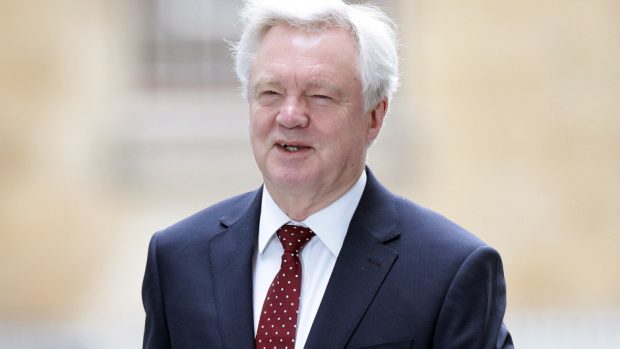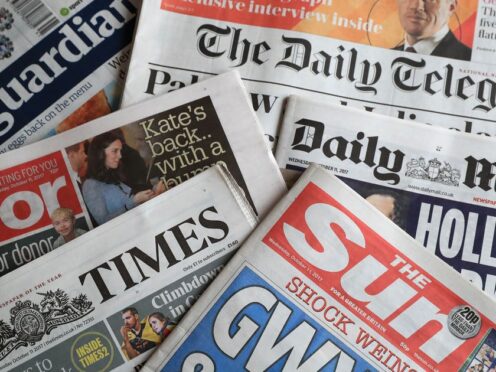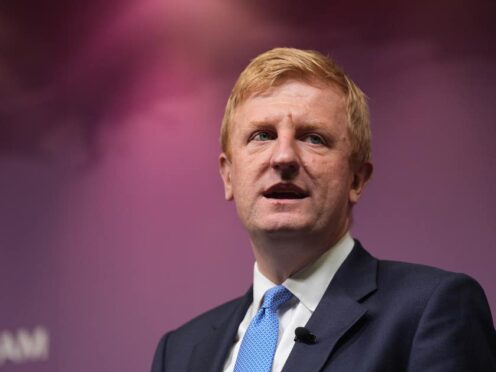The UK Government will set out its plans for the Great Repeal Bill today.
It will turn more than 40 years of EU regulations into domestic laws.
A white paper will be published explaining how those that will no longer operate appropriately when converted into UK legislation will be altered.
Brexit Secretary David Davis said “sovereignty” was at the heart of the EU referendum decision.
He added: “A strong, independent country needs control of its own laws. That process starts now.
“Converting EU law into UK law, and ending the supremacy of lawmakers in Brussels, is an important step in giving businesses, workers and consumers the certainty they need.
“And it will mean that, as we seek a comprehensive new economic partnership with the EU, our allies will know that we start from a position where we have the same standards and rules.”
The government said the use of secondary legislation would not be available to make policy changes that were not designed to deal with deficiencies in EU-derived law.
Some 800 to 1,000 statutory instruments are estimated to be needed to “correct” these issues.
Other changes – such as new immigration and customs bills – will require primary legislation, according to the Brexit department.
The devolved administrations are expected to be given equivalent means to change EU law that has been implemented at a devolved level.










